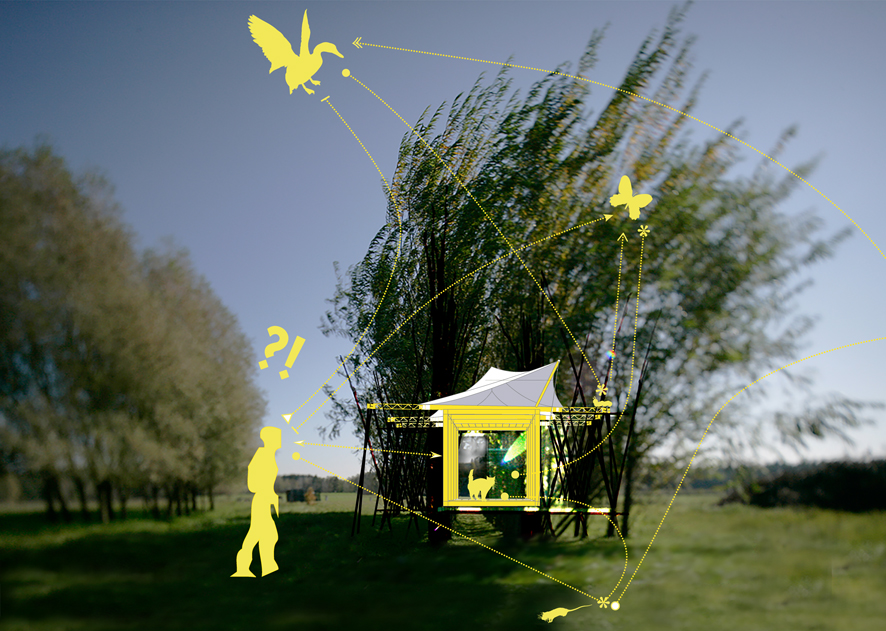The HABITAT is a performative imaginative space of at least three years on the disturbed coexistence of plants, animals and humans. From a plant, animal and human perspective, the HABITAT formulates the social problem of under which conditions a successful coexistence is possible – between demarcation and proximity. In doing so, HABITAT attempts to reconcile scientific findings with current social science approaches. The aim of HABITAT is to construct a growing and evolving stage installation that enables plants, animals and people to live together. The highest possible quality of stay for plants, animals and people is the aim of the installation and is tested and made tangible through choreography.



















